



















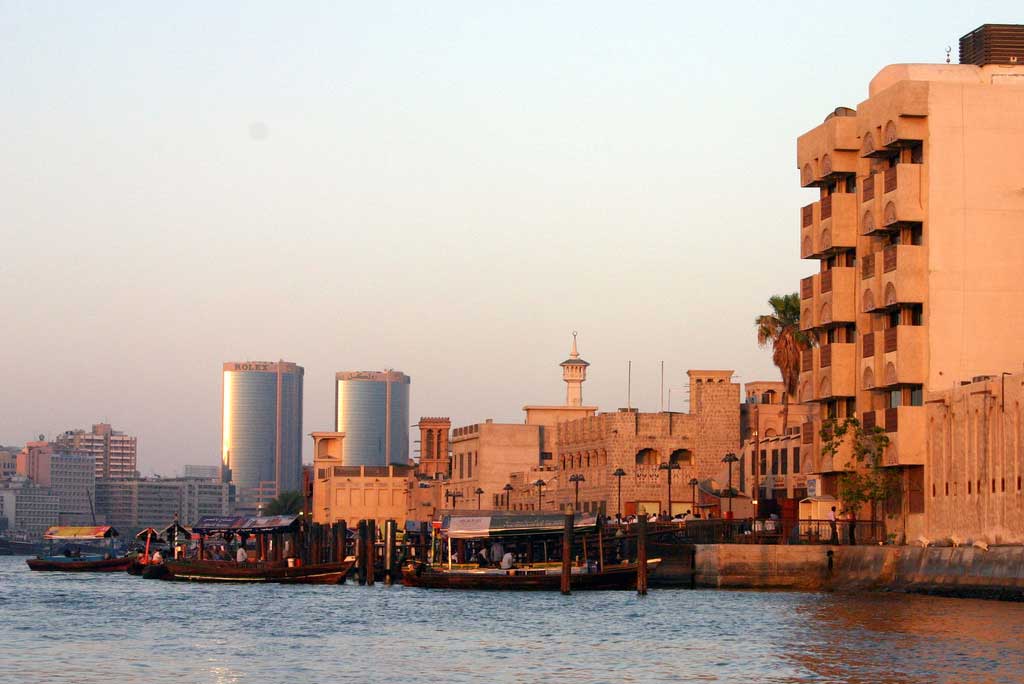
José
M. Alonso
CTIC Fellow -
W3C eGovernment Lead
Technology and Society Domain
28 May 2007
These slides: http://www.w3.org/2007/Talks/0528-Dubai-JA/
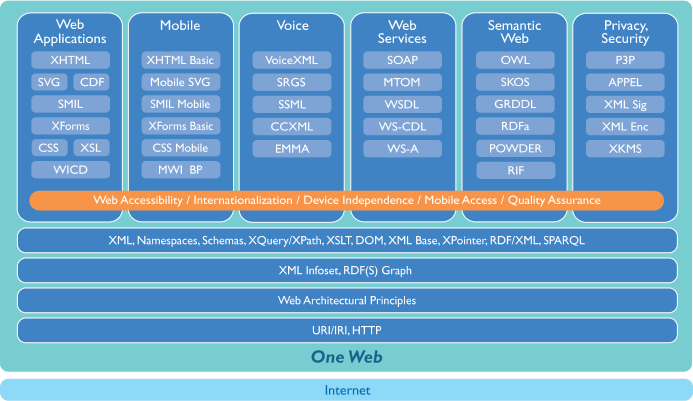
Don't try too hard, you won't find it... will you?
"the use of ICTs, and particularly the Internet, as a tool to achieve better government"
The Web is the main channel to deliver eGovernment services
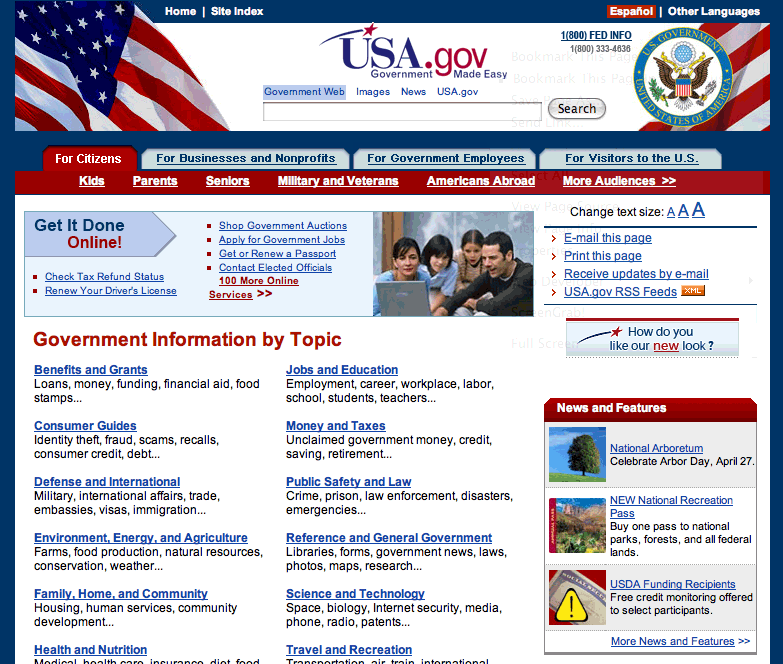
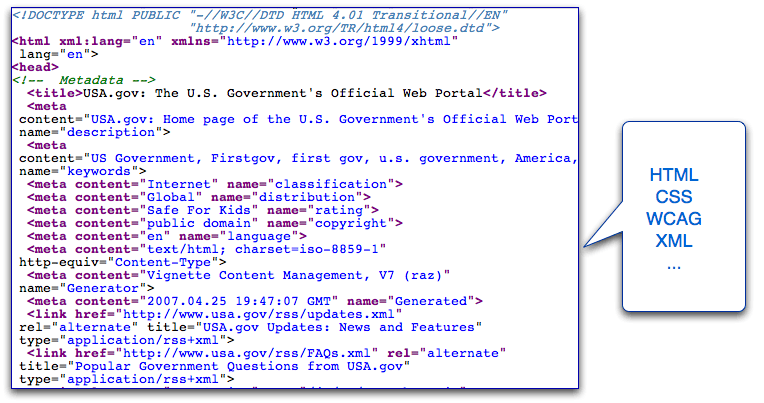
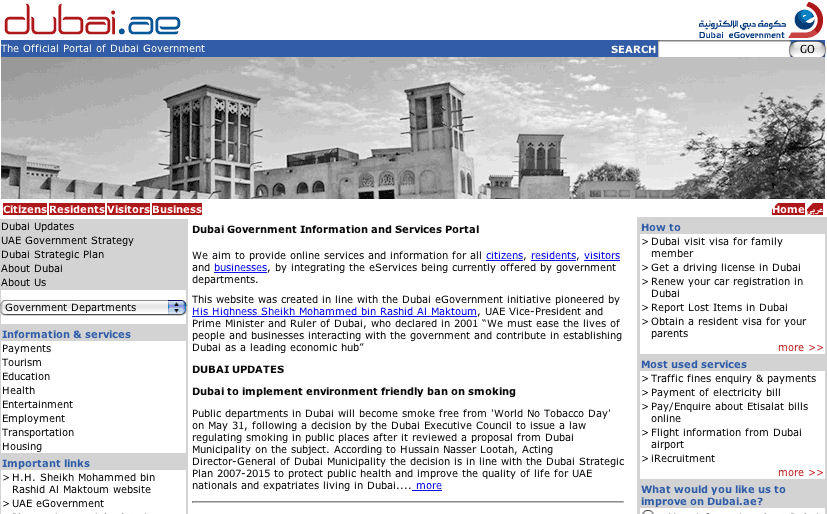
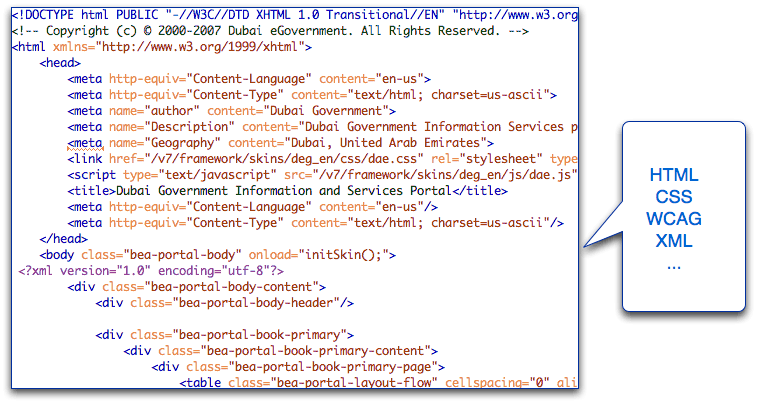
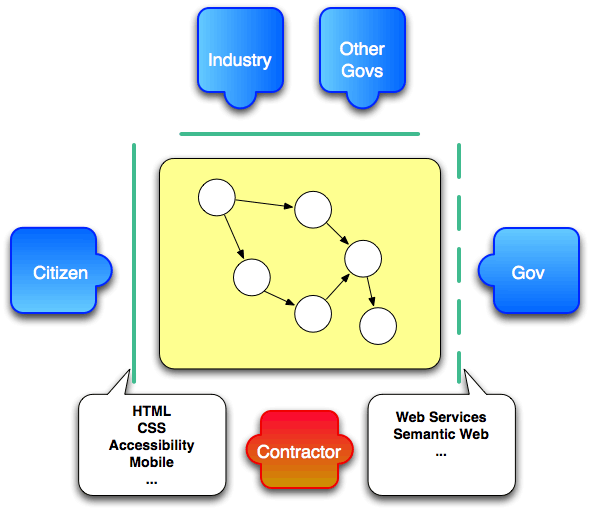
... and not only a technical one
"originally designed to help parents and teachers control what children access on the Internet, but it also facilitates other uses for labels, including code signing and privacy"
"enables Websites to express their privacy practices in a standard format that can be retrieved automatically and interpreted easily by user agents. P3P user agents will allow users to be informed of site practices (in both machine- and human-readable formats) and to automate decision-making based on these practices when appropriate"
Series of discussions to understand better the needs of Government in deploying current Web standards and the directions that future Web standards should take to best address delivery of Government services.
Gijón, Spain, 1-2 February 2007
Washington DC, USA, 18-19 June 2007
Several interesting findings so far, let's review the main ones